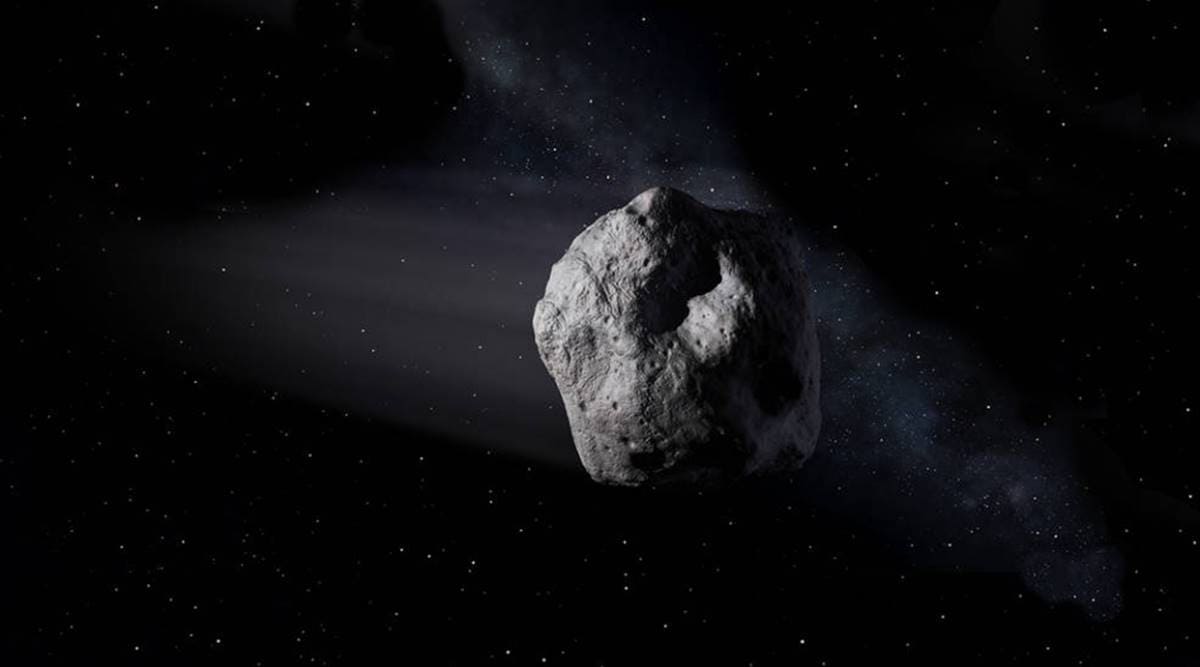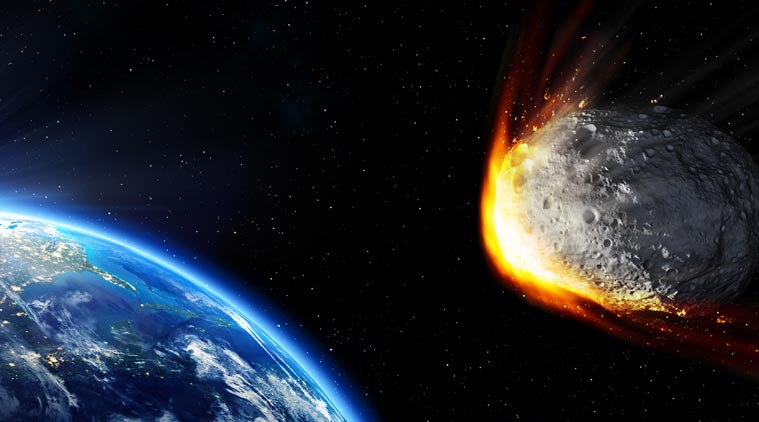
The Indian Express
Massive ‘potentially hazardous’ asteroid to rush past the Earth
The space agency has named the asteroid ‘QL 2020’ and predicted its size to be anywhere from 53m to 120m.
by Tech DeskAs per NASA’s Centre for Near-Earth Object studies (CNEOS), a ‘potentially hazardous’ asteroid is all set to rush past the earth at a speed of 38,620 kmph or 24,000 mph on September 14. The size of the heavenly body is as big as two football fields put together or to the iconic ‘London Eye’.
The space agency has named the asteroid ‘QL 2020’ and predicted its size to be anywhere from 53m to 120m. The rock is expected to hurtle past our planet from a distance of 6.8 million kms or 4.2 million miles. QL 2020 is currently moving at a speed of 10.5 km per second.
As per data cited in Express UK from the US-based space agency, the asteroid was first found on August 14 and was then subsequently seen again on September 3 recently.
https://images.indianexpress.com/2020/08/1x1.png
The silver lining is that despite its massively dangerous size, the space agency based on its prognostication said that it will pass safely without hitting the earth. The expected distance is ten times that of between the earth and the moon. This is the second asteroid in the last 15 days that will fly past the earth after asteroid named ‘2011 ES4’ passed on September 1.

Asteroids are largely the left-over pieces and remnants of rock since the beginning of solar system which flies freely in the space. According to NASA’s website, a total number of known asteroids are 994,516 and they largely constitute themselves in the category of ‘Near-earth object’ or NEOs. So, NEOs which come at a distance of 0.05 au or 4,647,790 miles are at a safer distance from the earth, but may come relatively closer to it although having negligible chances of colliding with the planet.
NASA has reiterated, that perhaps, in every 10,000 years or so, asteroids of a size larger than 100m may collide with the earth wreaking destructive havoc in a particular region. They may prove to be more devastating if they catch fire while entering through the earth’s atmosphere and are then called meteorites. The one which gets vaporized in the atmosphere itself, are called meteors or shooting stars.
Pertaining to the unpredictability of the solar system and that of heavenly bodies, it becomes imperative to keep constant vigilance on the movement of such objects in the space.